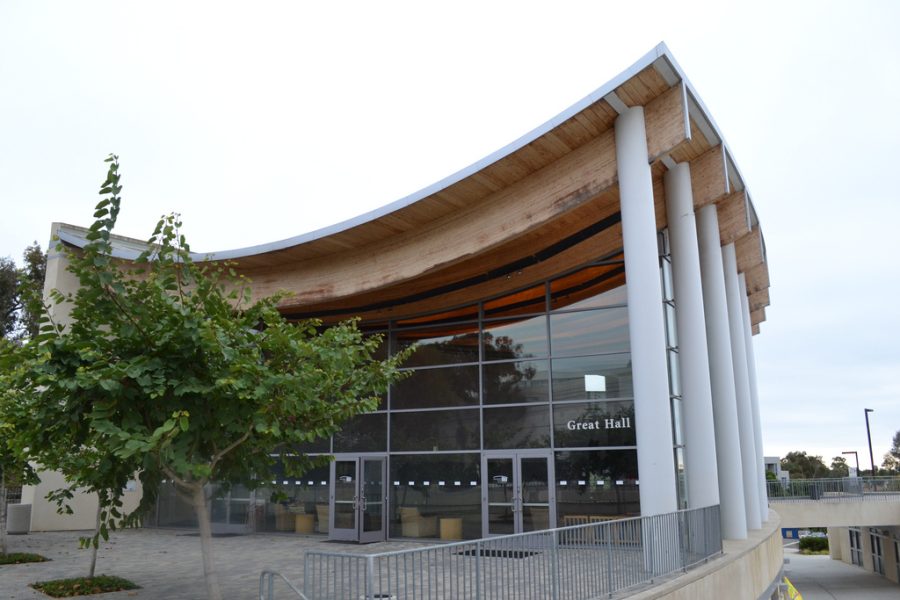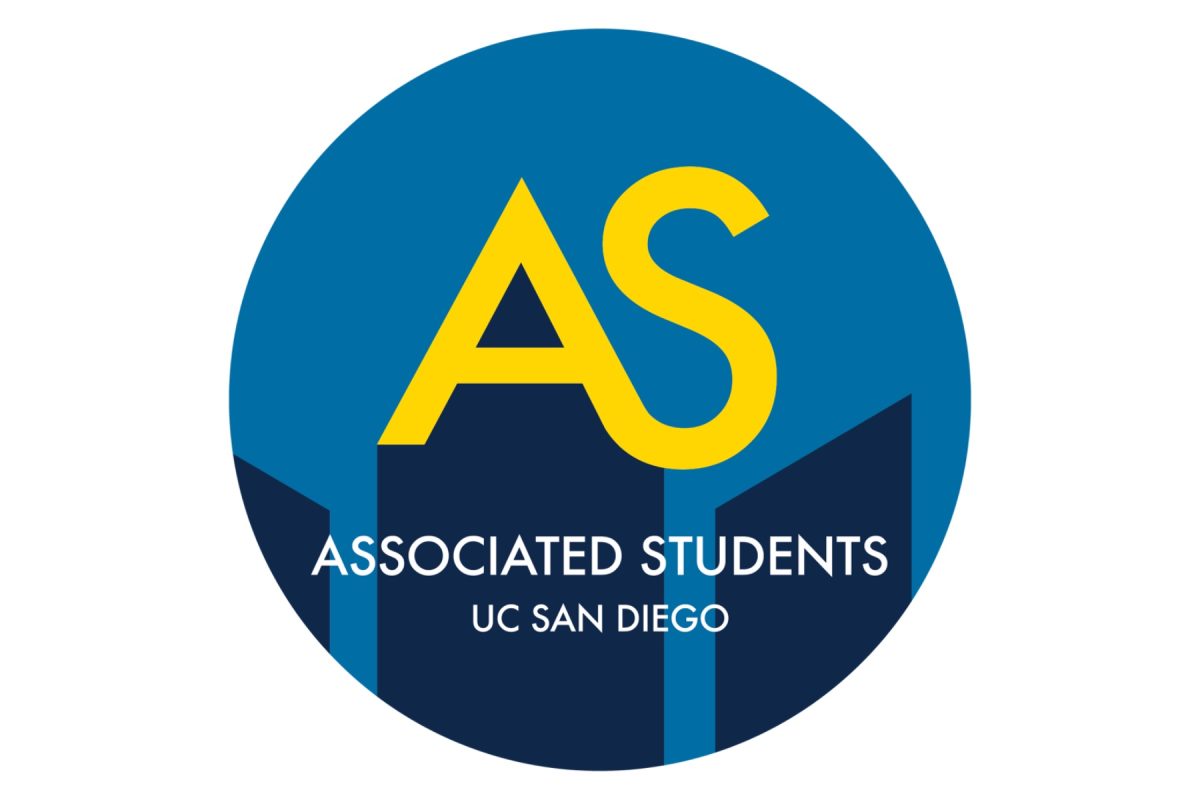On Nov. 29 in the Great Hall of International House, UC San Diego’s School of Global Policy and Strategy hosted a “teach-in” on the recent arrival of the Central American migrant caravan. The panel featured a number of professors and activists, who discussed the complexities of the issues faced by the group as well as the issues presented by their journey.
The “caravan” is a group of almost 1,500 people traveling from Central America, seeking asylum in either Mexico or the United States. The group’s arrival at the U.S.-Mexico border has been the center of recent controversy, with some speculating on the validity of its members’ status as refugees.
The caravan was also heavily politicized in the weeks leading up to the recent midterm elections, as President Donald Trump and the Republican Party portrayed the caravan as a national security threat in order to mobilize conservative voters.
The issue is local to San Diego as well. The caravan marched to the San Ysidro point of entry, where U.S. border agents fired tear gas into the crowd to break them up. For the rest of the day, the port was closed.
The discussion at UCSD began by elaborating why people are traveling in the caravan in the first place. Sociology professor David FitzGerald, also co-director of the Center for Comparative Immigration Studies at UCSD, pointed out that one of the primary reasons why members of the caravan are fleeing their homes is widespread violence
“Some of these countries from which people are fleeing have some of the highest homicide rates in the world,” FitzGerald said. “Gangs have established extensive control over territories and governmental jurisdiction. This, in turn, gives them impunity when they commit acts of violence.”
In discussing why the caravan is not stopping in Mexico, FitzGerald also explained that migrants are often targeted in transit.
“The impunity rate [for crimes targeting migrants in Mexico] is 99 percent, even for crimes that are reported. Only 1 percent of crimes reported get sentenced,” FitzGerald said.
Savitri Arvey, a graduate student of public policy at the GPS, argued that the caravan has been popularly portrayed as a single entity, but is actually a conglomerate of different disparate groups. Where FitzGerald cited violence and corruption as one reason for people leaving Central America, Arvey pointed out that members of the LGBTQ community are fleeing persecution for their sexuality and identity.
Arvey explained that LGBTQ migrants “were the first ones to arrive in Tijuana [where same-sex marriage is legal], and there were a few weddings in the first few days.”
FitzGerald also noted that traveling in such large numbers is a survival tactic, as there have been multiple incidents in which smaller, more vulnerable groups have been the targets of violence and exploitation.
Some members of the caravan have traveled north with the hopes of gaining asylum in the United States. Anthropology professor Lynn Stephen, who used to process asylum seekers during the Reagan administration, explained the process of qualifying for asylum in America.
“Asylum can be granted to an applicant if they can demonstrate that they have been persecuted in the past or have a well-founded fear of persecution based on five grounds; membership of a particular social group (which is the most important and flexible category that has been used, especially in gendered asylum), religion, race, nationality, or political opinion,” Stephen said. “The U.S. is bound to recognize valid claims under the 1951 U.N. convention relating to the status of refugees, and the 1967 protocol relating to the status of refugees.”
As FitzGerald had pointed out, however, “The denial rate of people asking for asylum from Central America over the last several years is more than three-quarters. The chances of getting in are very slim, and not everyone in this caravan is asking for asylum.”
Tom Wong, an associate professor of political science and the director of the international migration studies minor, who also formerly served as an advisor to the White House Initiative on Asian Americans and Pacific Islanders under the Obama administration, paneled at the event.
“The credible fear-interviews when they first arrive at the border are checked a second time by an immigration judge,” Wong said. “But we see a disparity [in rulings] across the immigration courts.”
Citing immigration yearbooks from the Department of Homeland Security, Wong showed how some U.S. immigration courts award asylum in significantly fewer instances than others.
In addition to hurdles at the immigration courts, Wong pointed out what he called President Trump’s “asylum ban.” Wong cited an interim rule registered by the Department of Homeland Security on Nov. 9 that limits the locations at which individuals can claim asylum, as well as a presidential proclamation from the same day that argues that “violent” aliens are creating a crisis at the border and do not qualify for asylum.
“But according to our Immigration and Nationality Act,” Wong said, “a person can claim asylum … irrespective of where they are in the United States.”
Stephen argued for expanding the definition of social groups to be able to help more refugees, such as those fleeing gendered violence, qualify for asylum.
In discussing the role the Mexican government can play in helping asylum-seekers, GPS’ director of the Center for U.S.-Mexican Studies Rafael Fernández de Castro said, “I believe the Mexican government has been so weak in dealing with the caravan. The last three [Mexican] administrations have been, to say the least, negligent towards migrants.”
De Castro also observed that the political buzz around the caravan gives incoming President Andrés Manuel López Obrador an excuse to radically transform Mexican migration policy.
“He has the political clout to do so,” de Castro said. “No caravan has been as popular as this one.”
De Castro also threw his support behind what President-elect Obrador has called a “Marshall Plan for Central America,” which aims to invest in the region in order to boost assistance and help process migrants traveling through Mexico.
Approximately 200 students, faculty, and staff attended the event at UCSD, with a number of people resorting to sitting on the floor.
“I was seriously considering coming late because I thought only 20 people would show up,” Wong amicably remarked.
“This is UCSD at our best. This is teamwork,” de Castro said.
photo by Alan Cordova








